Paleontology is the science that’s all about origins. Whether it be the origin of life itself or the beginnings of a certain aspect of some living creatures, let’s say warm bloodiness, paleontology seeks to understand when and how the different characteristics that living creatures possess came to be. In this post I’ll be discussing three such important characteristics and as usual I’ll begin in the distant past and work my way forward in time.

I have mentioned the Cambrian period several times in these posts, see posts of 16 June 2018 and 2 December 2020. The Cambrian is unique in the history of life because that is the time when a large diversity of living creatures first appears in the fossil record, a phenomenon known as the Cambrian explosion. In the fossils from the Cambrian however we can already recognize animals that are clearly molluscs, or echinoderms, or worms, or arthropods. In other words the major groups of animals known as phyla are already distinct, which means a lot of evolution has already happened. If we want to study the relationships between those major groups, say that between the segmented worms and arthropods, we need fossils that are either from before the Cambrian or from a creature in the Cambrian that contains features unique to two or more distinct phyla.
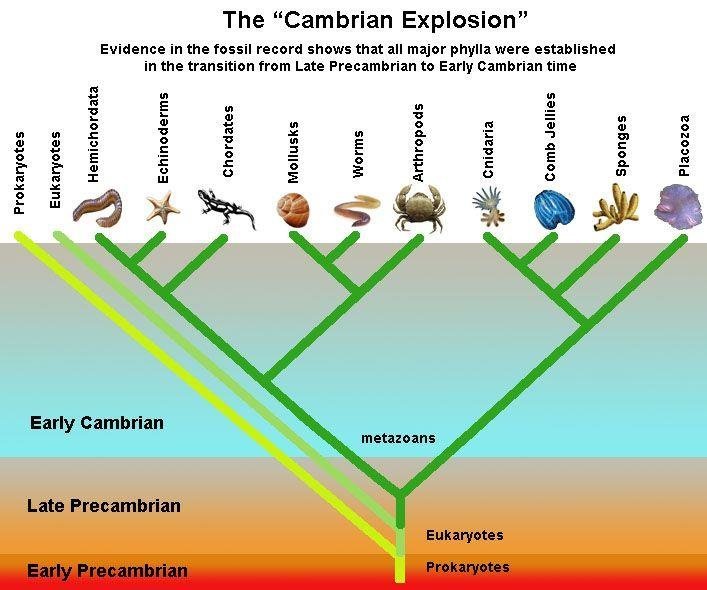
A recent fossil from China falls into that latter category. The creature is a one centimeter long worm like animal covered with both armoured plates and hair like bristles that has been given the name Wufengella. This creature packs a lot of anatomy into its tiny frame linking three different phyla, the brachiopods (bivalved animals that are not related to clams), bryozoans (known as moss animals) and phoronids (horseshoe worms).
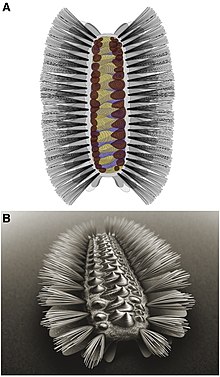

The fossil has been dated to 518 million years ago, near the end of the Cambrian period and so therefore it is not a ‘missing link’ ancestor to those three phyla but rather a now extinct cousin of the brachiopods, bryozoans and phoronids who possessed features of them all. The paper describing Wufengella was published in the journal Current Biology and was written by a large group of paleontologists from a number of universities in both China and the United Kingdom illustrating once again the value to science of cooperation between nations no matter what the quarrels created by their governments.
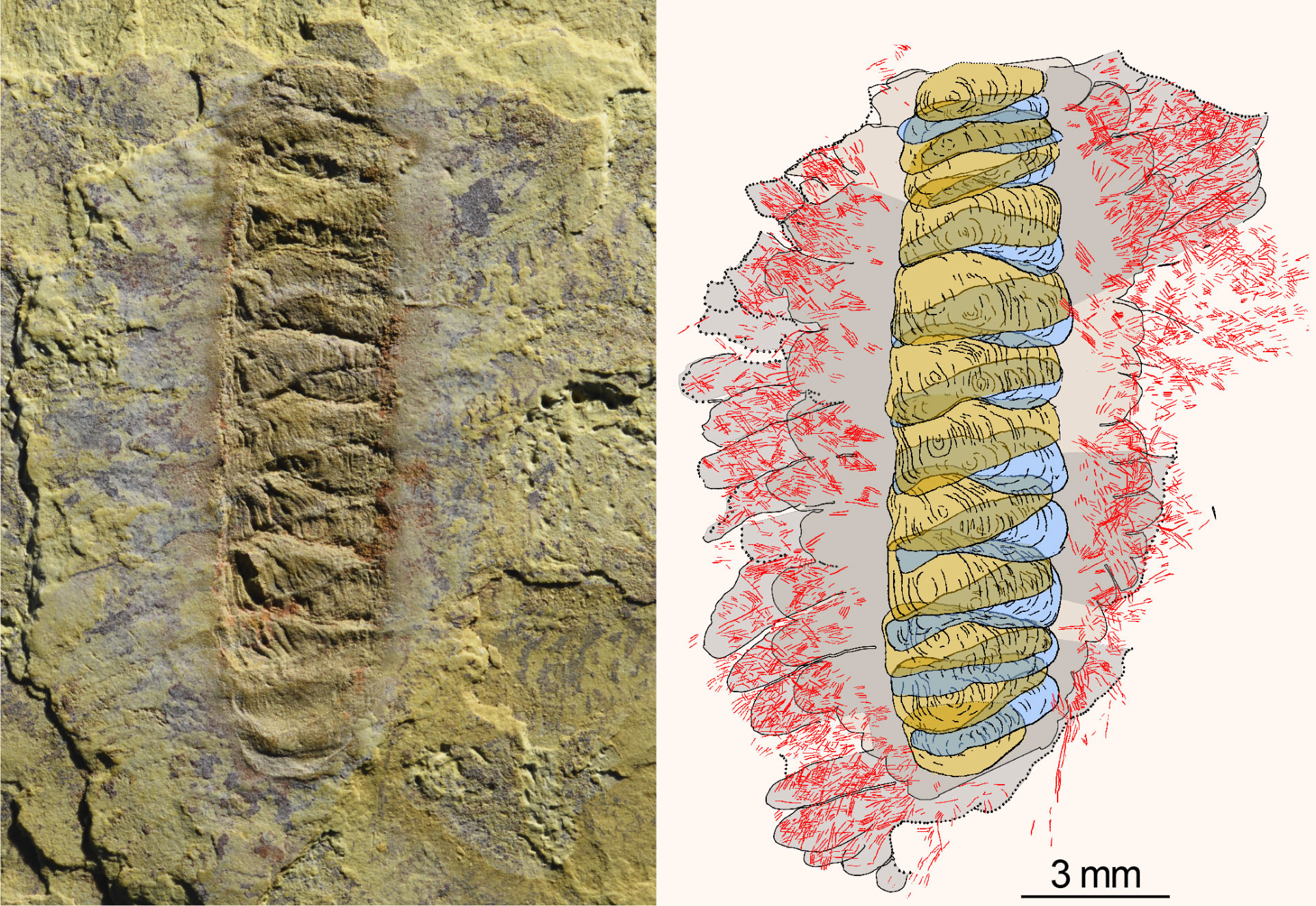
One anatomical structure that is of critical importance to many animals is the one with which they eat, their jaw. Different types of animals built their jaws in different ways, arthropods for example built their jaws from modified legs, that’s why close ups of insects eating look so creepy to us. Humans and other vertebrates however developed our jaws from bones that originally held our gills in place, that’s why human fetuses still develop gills about five weeks after fertilization, if we didn’t we wouldn’t have either a jaw or an inner ear.
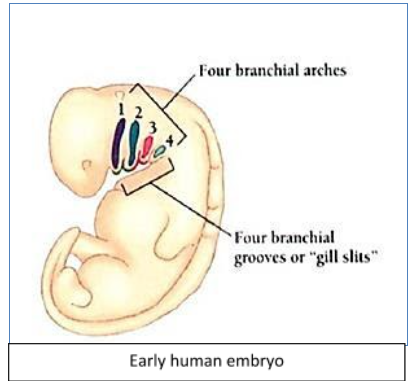
In a previous post I discussed how the early jaws of vertebrates evolved and diversified in the Devonian period, some 400 million years ago, see my post of 30 April 2022, but how the very first vertebrate jaw evolved is still a subject of debate among paleontologists. The one thing that was agreed upon was that, since there were so many different vertebrates with so many different sizes and shapes of jaws during the Devonian, the first jaw must have developed before that time, perhaps during the preceding Silurian period, around 440 million years ago.

Now a series of four papers in the journal Nature have described a series of early species of jawed fish from the Silurian that are so diverse that they may force paleontologists to look even further back for the first jaw, perhaps as far as the Ordovician period some 480 million years ago. The Silurian fossils were unearthed in a pair of fossil beds outside of Chongqing in southern China and contain both cartilaginous fish, like modern sharks and rays, along with bony fish.
The species discovered represent not only a variety of different types of jaws but different body types, from the wide flat bottom dwelling shape of Xiushanosteus mirabilis and Tujiaspis vividus to the sleek, fast swimming shark like shape of Shenacanthus vermiformis and Fanjingshania renovata. With so much diversity it is obvious that the fish unearthed in China have a lot of evolution behind them, meaning that paleontologists will have to look even further back in time, to the Ordovician period in order to understand how the earliest members of our own phyla came into being.
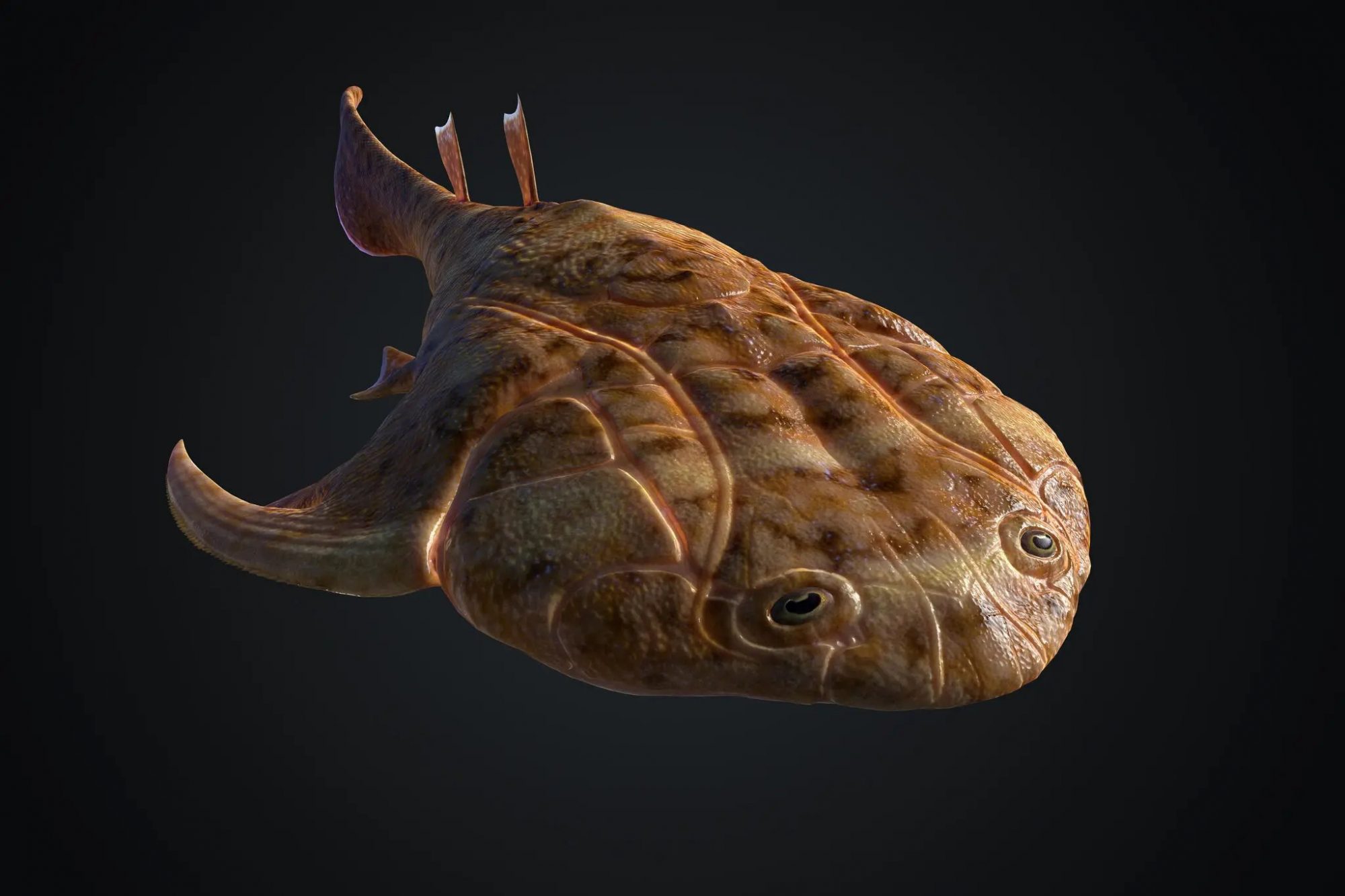

Moving forward in time another important innovation in vertebrate animals is the wing, which has allowed thousands of different species to fly. Nowadays when we think of wings we think of birds or bats but they weren’t the first vertebrates to fly, that honour belongs to the family of lizard-like contemporaries of the dinosaurs known as the Pterosaurs.
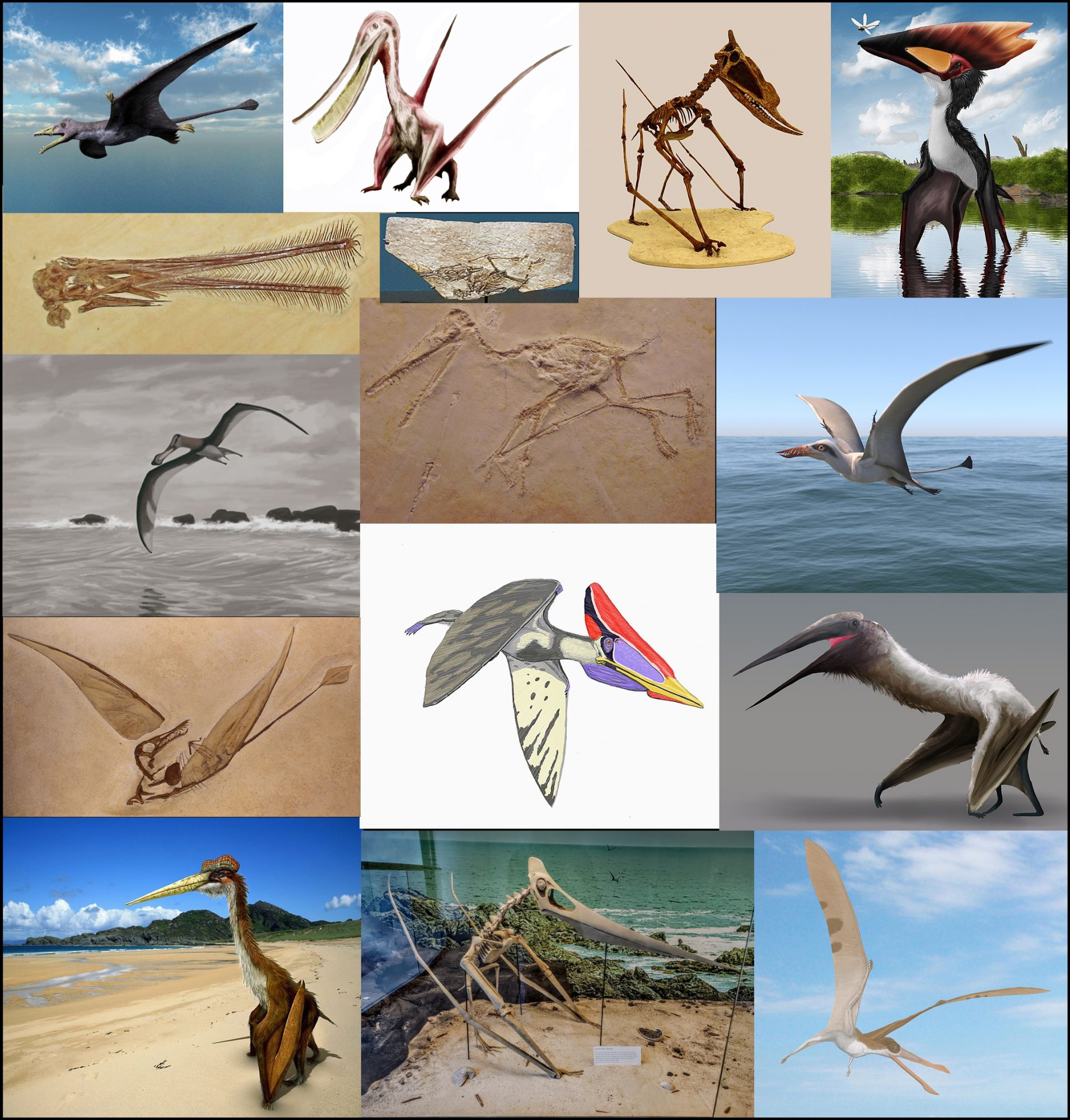
Now a reexamination of fossils discovered a hundred years ago in Scotland may have identified the pre-flying ancestors of the pterosaurs. Known as Scleromochlus taylori the small reptile went unappreciated in part because of the incredibly hard 237 million year old limestone blocks in which it was encased.
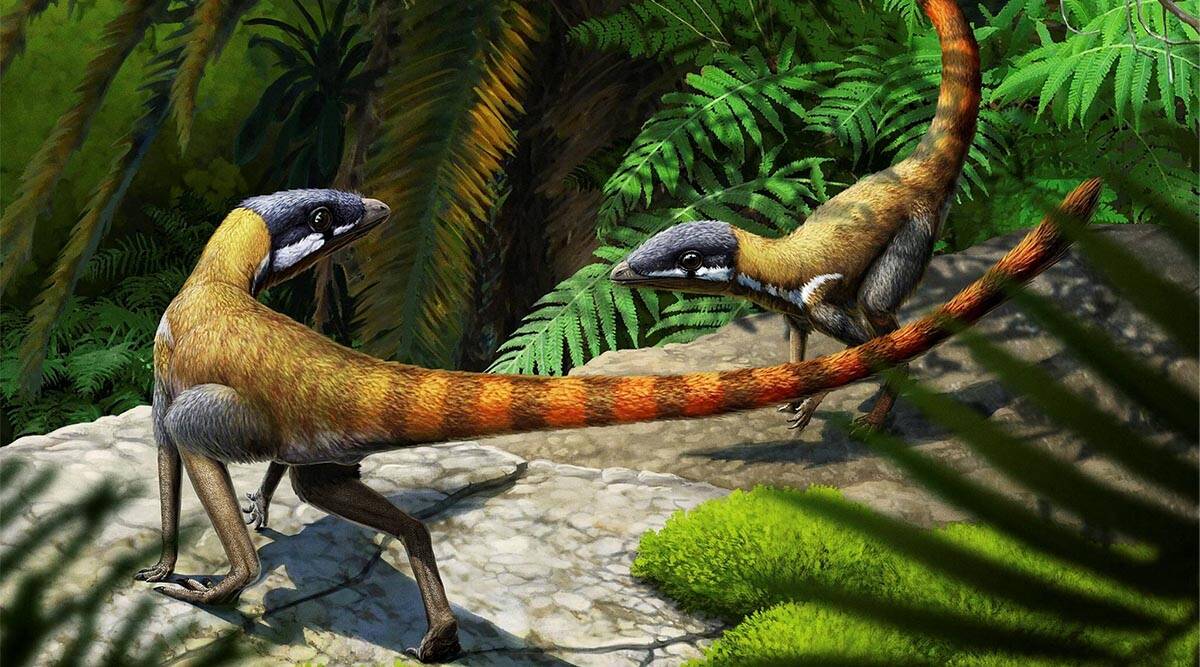
The question of how the pterosaurs evolved to fly has been debated as long as how the birds first flew and with pretty much the same arguments. Most paleontologists thought that tree climbing reptiles who began gliding from branch to branch eventually developed leathery wings which they starting flapping for powered flight. The fossils of S taylori however tell the story of a small, fast running ground runner.
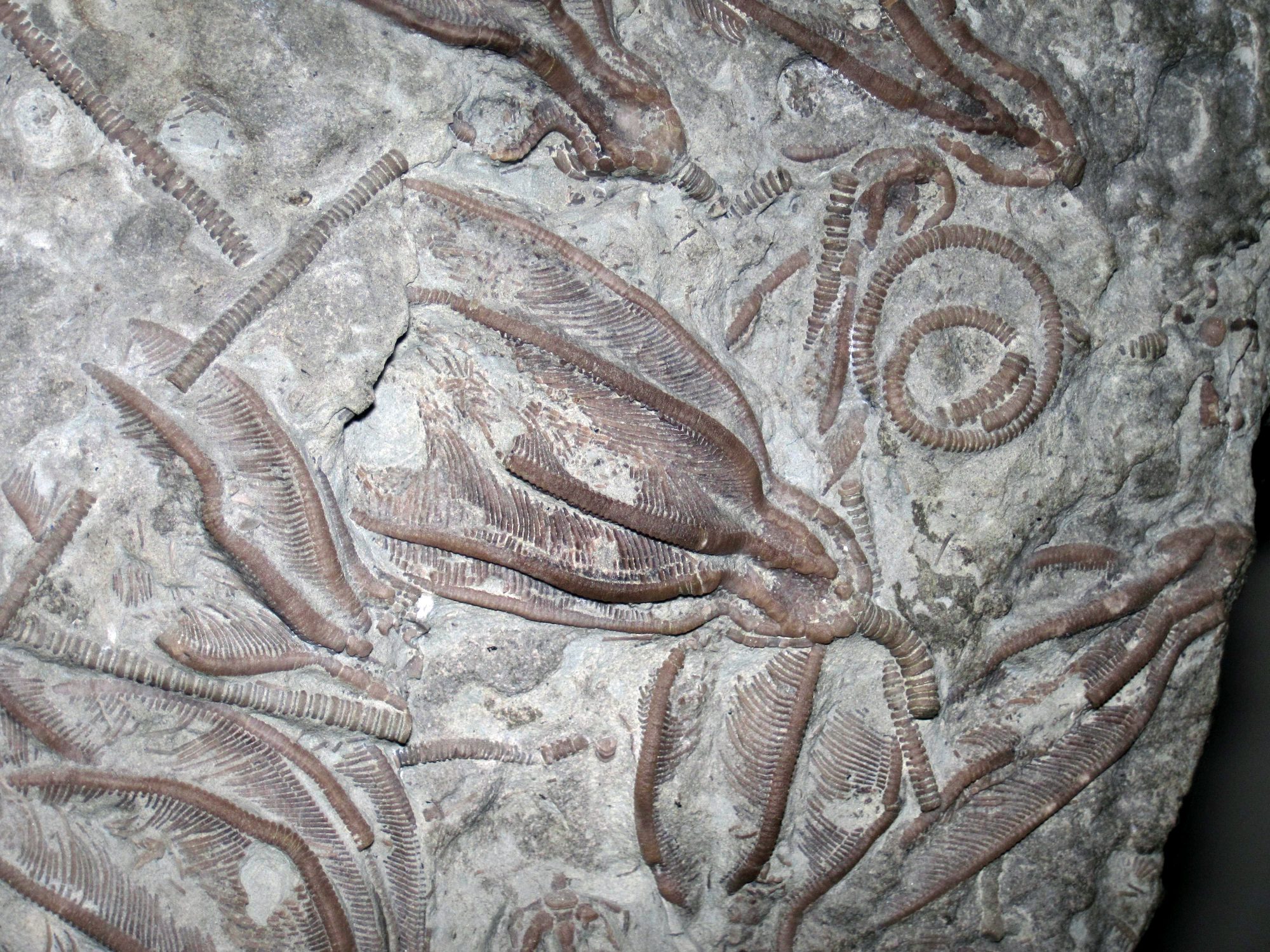
The researchers at Edinburgh University discovered the connection between S taylori and pterosaurs only when they performed CT scans of the limestone encased fossils revealing for the first time some of more delicate details of the animal’s anatomy. Details like a head too large for its body and a femur with a hook to it that fits into a slot in the hip so that the animal’s legs go straight downward instead of sidewards like a lizard’s or crocodile’s.
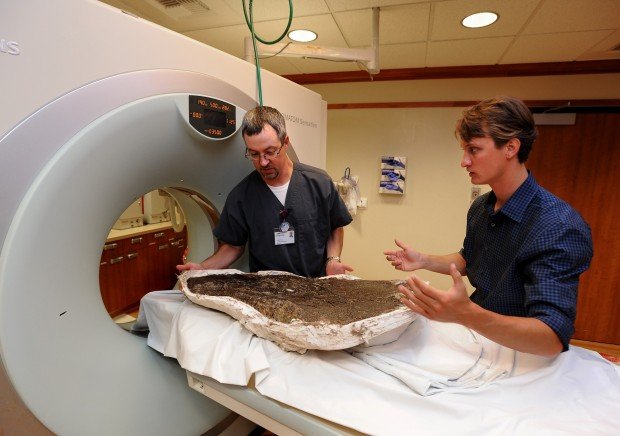
S taylori was a runner, catching insects near the ground and maybe it started using flaps on its forearms to help it catch its prey. Flaps that got larger and larger until the creature took off like…well, like a pterosaur!
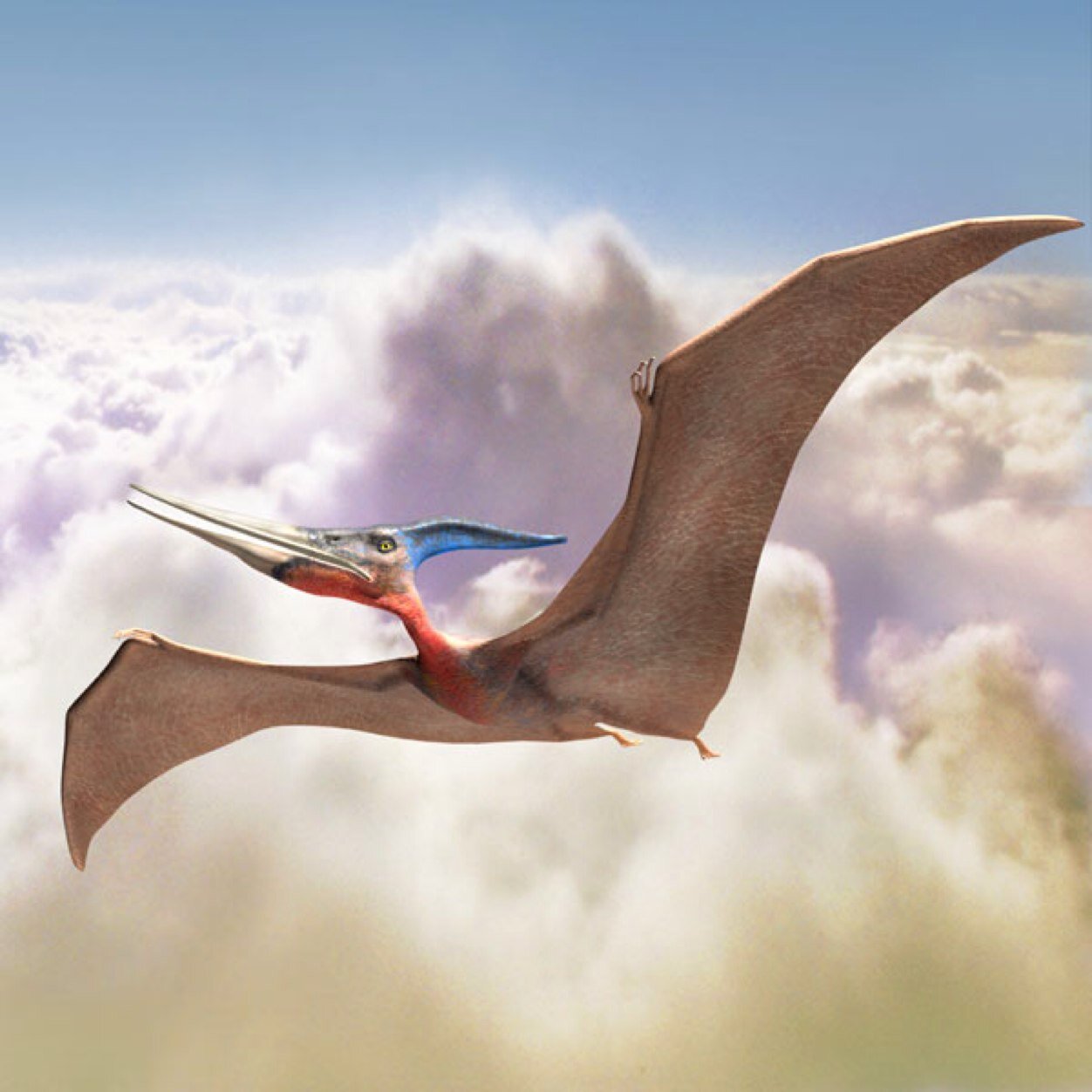
By studying the anatomy of ancient life paleontologists not only learn about the lives of creatures of the past but of how different species relate, the family tree of life on Earth.
